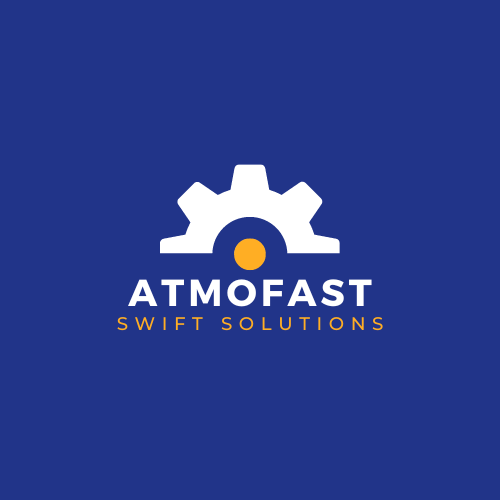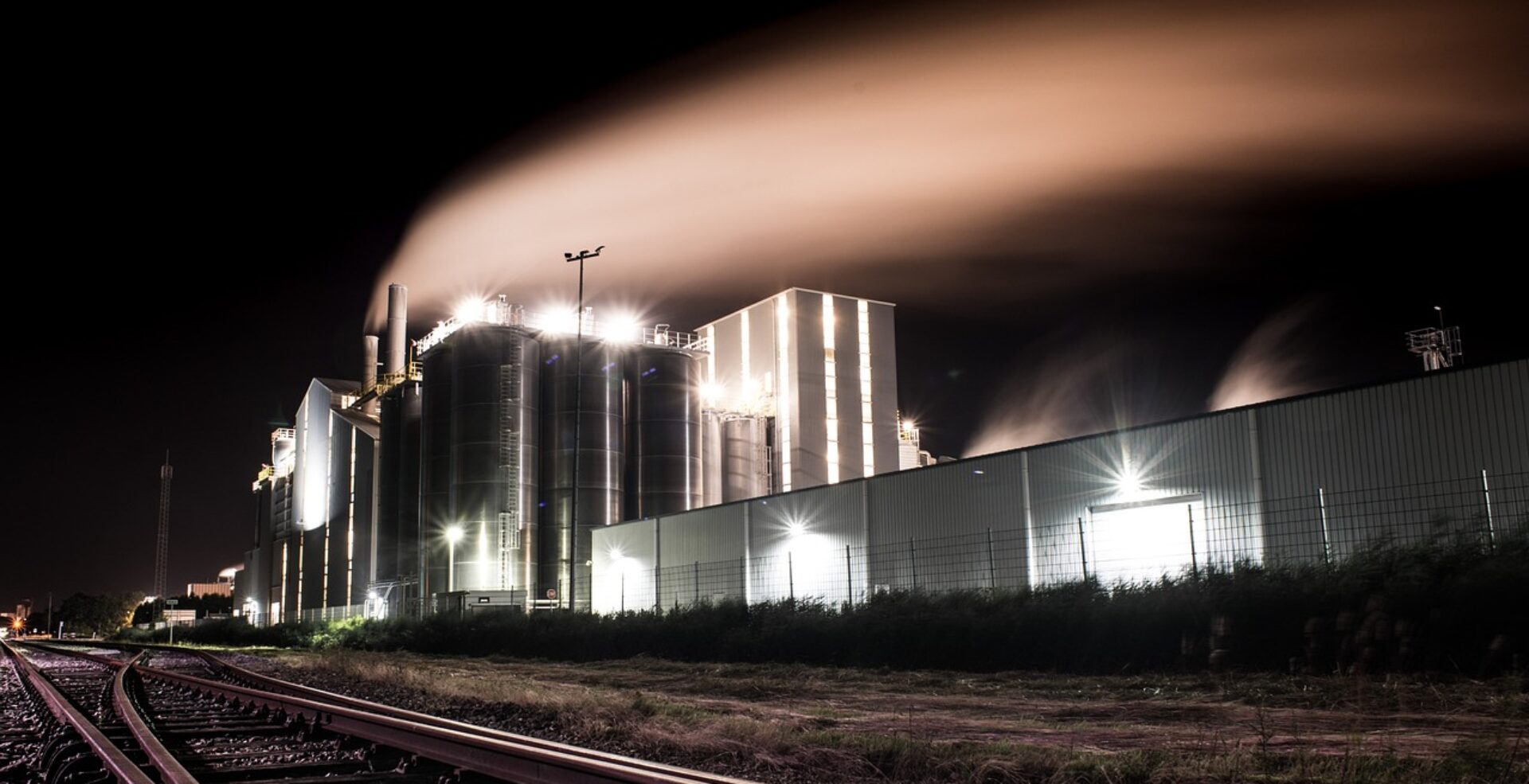Fire Suppression Systems: An Essential Guide
Fire suppression systems are critical for protecting lives and property from the devastating effects of fire. These systems come in various types, each designed to address specific fire hazards and environments. Below, we explore the different types of fire suppression systems, their benefits, uses, and the pros and cons of each.
1. Water-Based Fire Suppression Systems
Benefits:
- Effective and Reliable: Water-based systems, such as sprinklers, are highly effective in controlling and extinguishing fires.
- Cost-Effective: Generally less expensive to install and maintain compared to other systems.
- Environmentally Friendly: Uses water, which is a natural and non-toxic extinguishing agent.
Uses:
- Ideal for commercial buildings, residential properties, and public spaces.
- Commonly used in warehouses, retail stores, and office buildings.
Pros:
- Wide Coverage: Can protect large areas effectively.
- Automatic Activation: Sprinklers activate automatically when a fire is detected, providing immediate response.
Cons:
- Water Damage: Can cause significant water damage to property and contents.
- Not Suitable for All Fires: Ineffective against fires involving flammable liquids or electrical equipment.
2. Chemical Fire Suppression Systems
Benefits:
- Rapid Suppression: Quickly extinguishes fires by interrupting the chemical reaction of the fire.
- Minimal Residue: Leaves little to no residue, making cleanup easier.
Uses:
- Suitable for environments where water damage is a concern, such as data centers, laboratories, and kitchens.
Pros:
- Targeted Suppression: Effective for specific types of fires, including those involving flammable liquids and electrical equipment.
- Non-Conductive: Safe to use around electrical equipment.
Cons:
- Cost: Can be more expensive to install and maintain.
- Health Risks: Some chemical agents can pose health risks if inhaled.
3. Gas Fire Suppression Systems
Benefits:
- No Residue: Leaves no residue, making it ideal for sensitive environments.
- Quick Activation: Rapidly suppresses fires, minimizing damage.
Uses:
- Commonly used in server rooms, archives, and museums where water or chemical damage must be avoided.
Pros:
- Safe for Equipment: Non-damaging to electronic and delicate equipment.
- Effective in Enclosed Spaces: Works well in confined areas where gas can be contained.
Cons:
- Cost: High installation and maintenance costs.
- Space Requirements: Requires sealed environments to be effective.
4. Foam Fire Suppression Systems
Benefits:
- Effective on Flammable Liquids: Particularly effective for fires involving flammable liquids and gases.
- Cooling Effect: Provides a cooling effect that helps prevent re-ignition.
Uses:
- Ideal for industrial settings, fuel storage facilities, and aircraft hangars.
Pros:
- Versatile: Can be used in a variety of settings and for different types of fires.
- Preventative: Helps prevent the spread of fire by forming a barrier.
Cons:
- Cleanup: Foam can be messy and require extensive cleanup.
- Compatibility: Not suitable for all types of fires, particularly those involving electrical equipment.
Each fire suppression system has its unique advantages and considerations. Choosing the right system depends on the specific needs of your environment and the types of fire hazards present. By understanding the benefits, uses, pros, and cons of each system, you can make an informed decision to protect your property and ensure safety.

